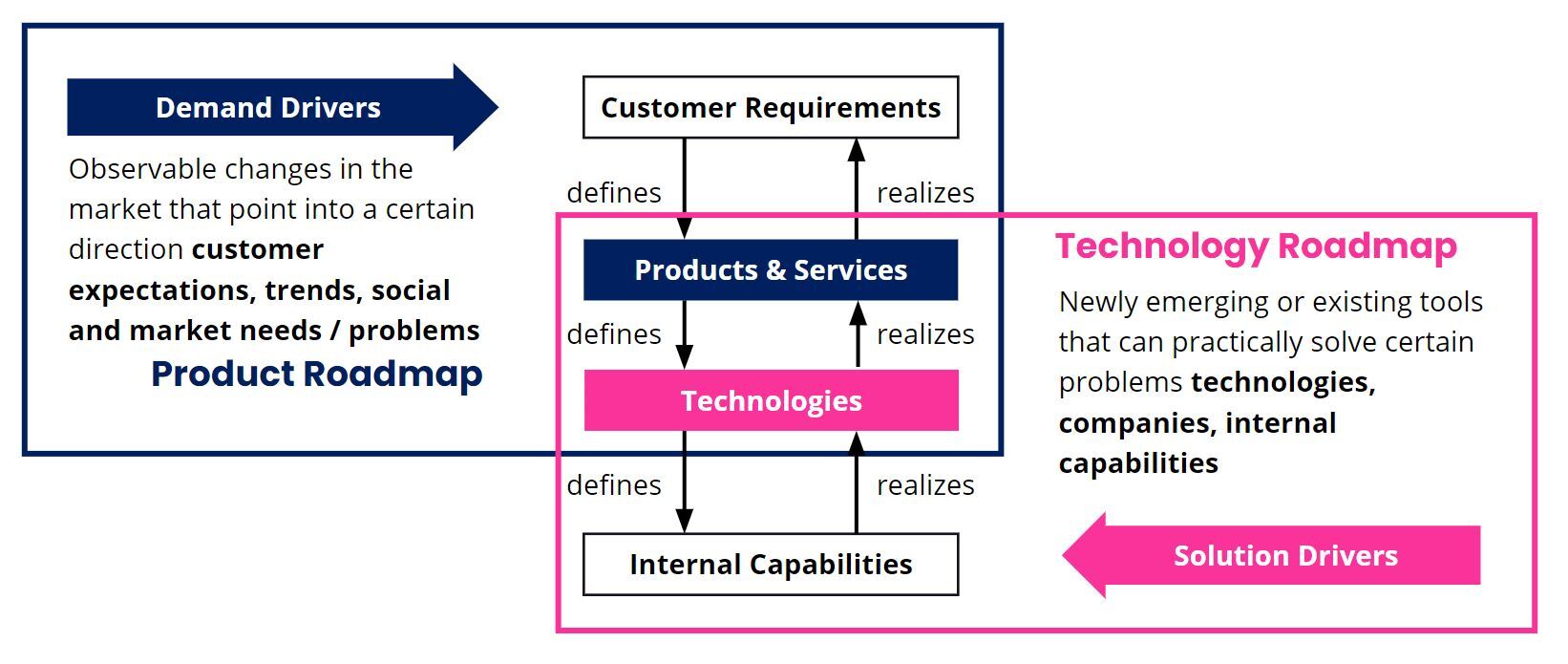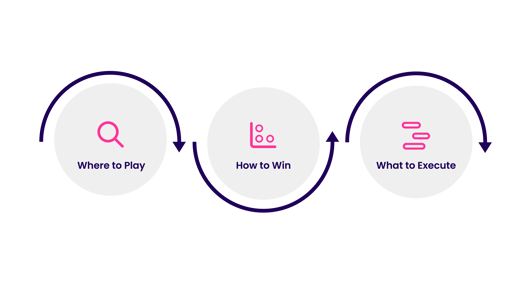Innovation leaders want to understand how trends and disruptions will affect their organizations in the future. Trendspotting provides a structured way to scan external forces, anticipate change, and adapt before competitors do.
The challenge, however, lies in finding a way to effectively process and act upon the vast amounts of information feeding into through trendspotting. Let’s start with some common questions.
Frequently asked questions about trendspotting
What is trendspotting?
Trendspotting is the process of identifying and analyzing shifts in culture, technology, consumer behavior, or markets before they become mainstream. Organizations use it to anticipate change, uncover opportunities, and stay ahead of competitors.
What is the meaning of trendspotting in business?
In business, trendspotting means systematically scanning for signals of change that may affect your customers, industry, or operations. By doing so, companies can make proactive decisions about strategy, product development, and innovation.
How is trendspotting used in retail?
In retail, trendspotting helps brands predict customer needs and align product offerings. For example, monitoring social media conversations, digital sales patterns, and cultural movements allows retailers to identify youth subcultures, frugal behavior, or changing social attitudes.
What techniques are used for trendspotting?
Common trendspotting techniques include social media monitoring, web data analysis, consumer research, expert interviews, horizon scanning, and using foresight platforms like ITONICS. Combining qualitative and quantitative insights makes the process more reliable.
What is the difference between trendspotting and forecasting?
Trendspotting focuses on identifying emerging signals and shifts in the present, while forecasting uses those signals to model possible futures. In practice, trendspotting is the foundation to inform more accurate forecasts and scenario planning.
1. Understand what role trendspotting plays in the innovation journey
Gartner defines trendspotting as “the acquisition and evaluation of trends that may impact the organization”. The process requires the leaders of trendspotting activities - whether CTOs, enterprise architects, technology innovation managers or dedicated innovation managers - to scan, scout and monitor trends and technologies continuously.
At ITONICS, our trendspotting process is guided by first understanding the key differences between solution drivers and demand drivers. As an indication of market pull, demand drivers are directional forces that help innovators understand the market and consumer shifts. Trends are demand drivers. In turn, this understanding of demand drivers and how the trends interact, complement, or contradict one another builds the innovation intelligence needed to discover opportunities and direct innovation objectives.
Demand drivers sit in contrast to solution drivers, which aim to provide disruptive, game-changing solutions, delivering a market push. Technologies are prime examples of solution drivers.
 Demand And Solution Drivers
Demand And Solution Drivers
2. Define the scope
The identified leader needs to be apprised of the different technologies being utilized within the organization and how these can be improved. CTOs and enterprise architects are often best placed to lead trendspotting activities because they have the requisite organizational birds-eye view and a deep understanding of technology adoption methods within the company.
Gartner says, “Use continuous foresight as an overarching model in which trendspotting will exist. Identify a leader to define the trendspotting process. Ensure this aligns to your organization’s unique technology adoption persona and innovation strategy. Adopt TAPESTRY analysis to identify relevant accelerators and inhibitors including technological, political, economical, social/cultural, trust/ethics, regulatory/legal, and environmental factor trends.”
Like the STEEP or PESTEL models, TAPESTRY provides teams with a way to categorize information and observe connections between the seven areas, thereby developing nuanced evaluations of trends and how they might impact their business model and internal capabilities.
Synthesizing the trends is a critical part of trendspotting activities. As discussed later, the more diverse the team, the more texture they can provide in their analysis of the different trends. Ultimately, the trendspotting leader is responsible for collating insights and organizing them coherently and efficiently. This usually requires a digital platform that acts as a single point of truth for all trendspotting and innovation management activities.
3. Establish the team
Effective trendspotting activities leverage the team's different skills, incorporating an even spread of knowledge of the various TAPESTRY focus areas.
With the leader, mindset (continuous foresight), and framework (TAPESTRY) defined it is time to start building the team. The trendspotting team should be composed of both internal resources (across the organization), as well as leverage partners, ecosystems, and academic institutions. All of these resources will help develop a more diverse team and stream of trends to consider and evaluate.
| Type | Definition |
| Dedicated Trend Scouts | Employees with full-time responsibility with a clear focus on trendspotting activities. |
| Part-Time Trend Scouts | Employees with some responsibility for trendspotting activities that are defined in their roles, responsibilities and expectations. |
| Volunteer Technology Scouts | Employees that perform trendspotting activities (typically acquiring and sharing trends) because they are personally interested in it, but it is not defined as part of their roles, responsibilities and expectations. |
| Contracted/Hired Trend Scouts | Service providers and consultants that are hired to provide trends and recommendations to the organization as part of its trendspotting effort. |
| Partner Trend Scouts | Employees that participate in a consortium or group of peers that is tracking trends for a common industry or other similar characteristics and needs. |
| Ecosystem of Trend Scouts | A group involving external developers, vendors, startups, and customers, and making trendspotting open and shareable. |
| Academic Trend Scouts | People who are part of an academic environment, like universities, that provide trendspotting activities. Typically the identification, acquisition and analysis of trends. |
At ITONICS, we provide rating criteria for technologies such that organizations are on the same page with regard to the strategic fit of each technology. Our analyst team uses advanced queries and the ITONICS Insights tool to collect relevant information from quantifiable historical and present data. This is supported by qualitative research to statistically derive the ratings.
The rating criteria for emerging technologies are as follows:
- Scope
- Potential Impact
- Complexity
- Technology Readiness Level (TRL)
The rating criteria for trends are as follows:
- Scope
- Potential Impact
- Time to Market Impact
- Adoption Stage
Also see: Our guide on how to rate trends and technologies
Consider who in the organization would be best suited to rate which criteria. Another way to consider rating roles is to identify who would be best suited to rate at which stage of the sensemaking process.
4. Develop the team
Skills and training are vital to the trendspotting process. Two questions that leaders should ask themselves are:
- What qualities does the team need to have before the process starts?
- What competencies need to be learned along the way?
The table below shows the different skills and characteristics required for effective trendspotting.
| Skills | Characteristics |
| Innovation | Risk Taker |
| Emotional Intelligence | Ambitious |
| Futuristic Thinking | Out-of-the-Box Thinking |
| Systems Thinking | Multidisciplinary Experience |
| Strategic Intelligence | High Degree of Business Acumen |
| Creative Thinking | Imaginative |
Consider having discussions with your team prior to kick off on which skills they may want to upskill on throughout the trendspotting process.
5. The next steps: Where to Play, How to Win, What to Execute
After completing the trendspotting process, leaders need to think critically about how they will communicate their findings to the broader organization and develop collective strategies on how best to implement insights. Ready to put trendspotting into action? At ITONICS, we see trendspotting as part of the Where to Play stage of the innovation journey. Our clients use the ITONICS Innovation OS to scout trends and identify weak signals to uncover changing consumer needs and behaviors. Book a demo with our experts to see it for yourself.
Ready to put trendspotting into action? At ITONICS, we see trendspotting as part of the Where to Play stage of the innovation journey. Our clients use the ITONICS Innovation OS to scout trends and identify weak signals to uncover changing consumer needs and behaviors. Book a demo with our experts to see it for yourself.




